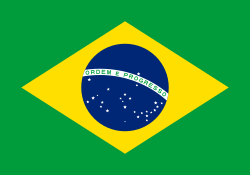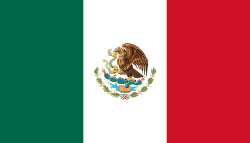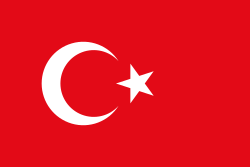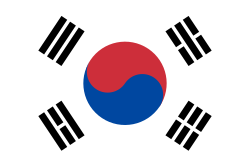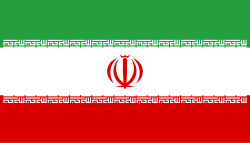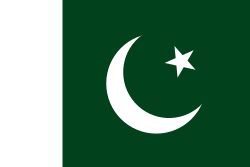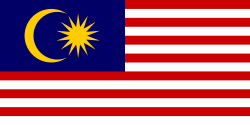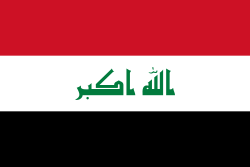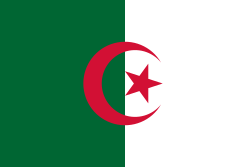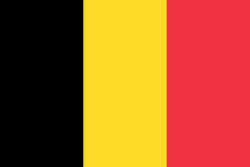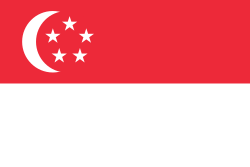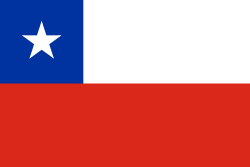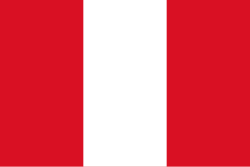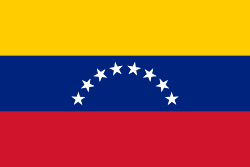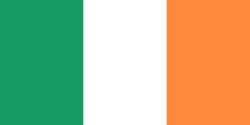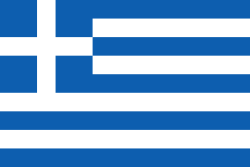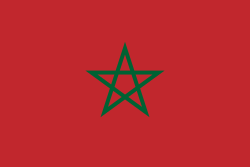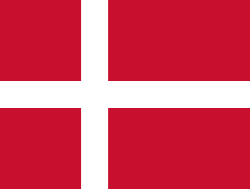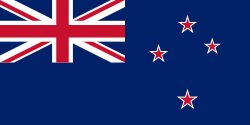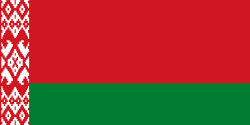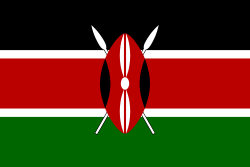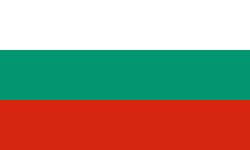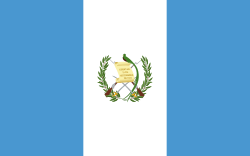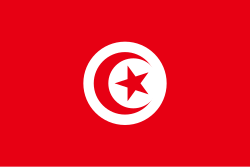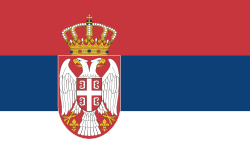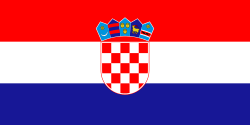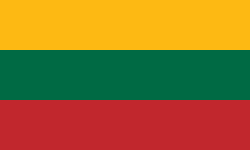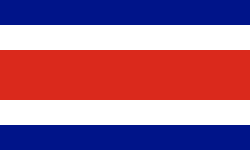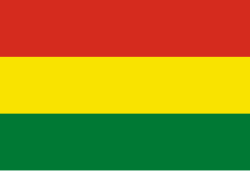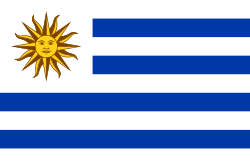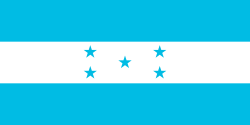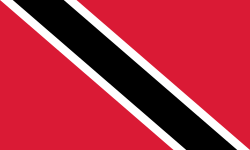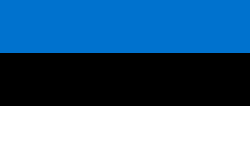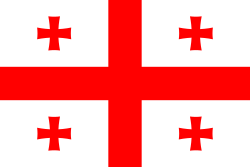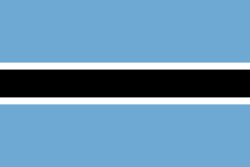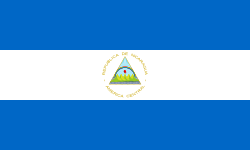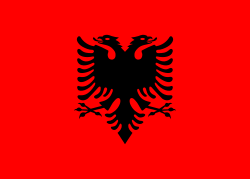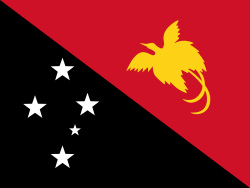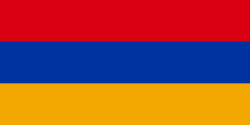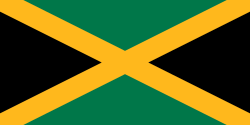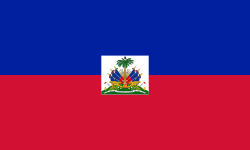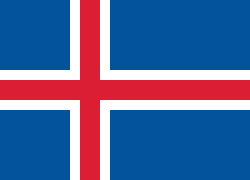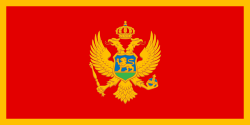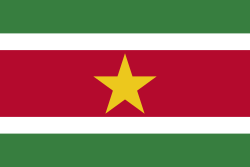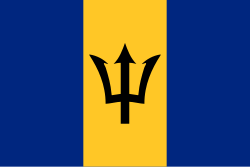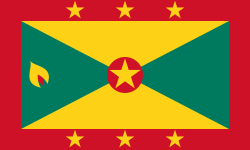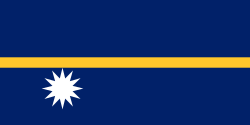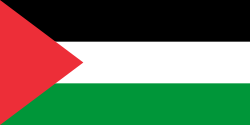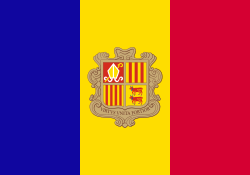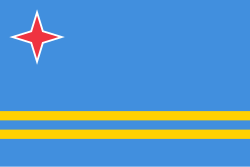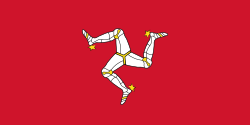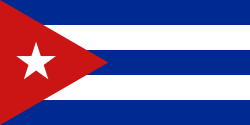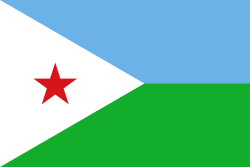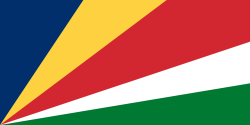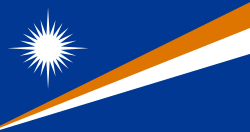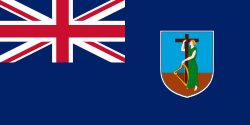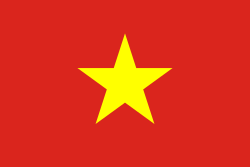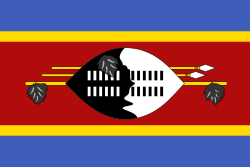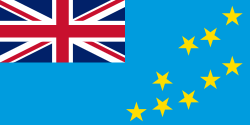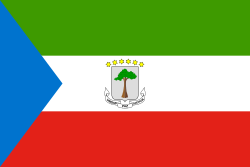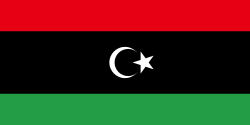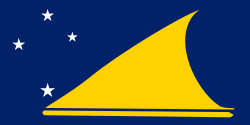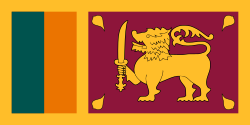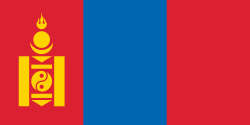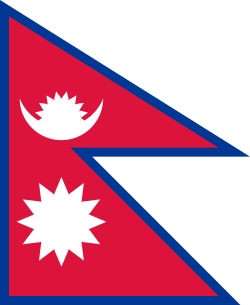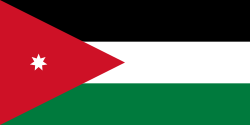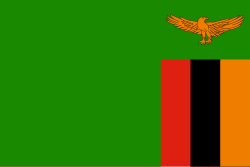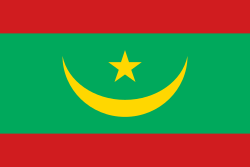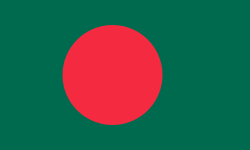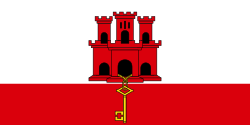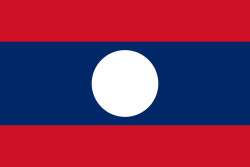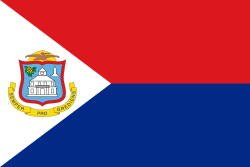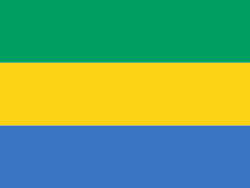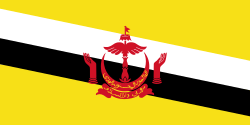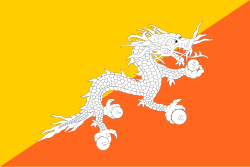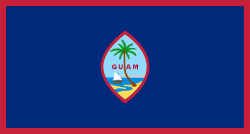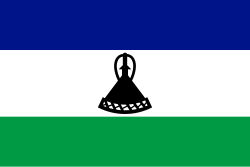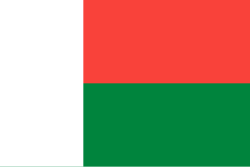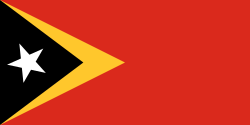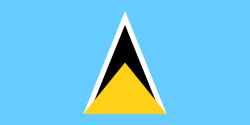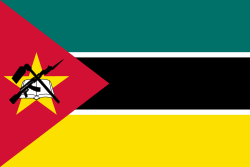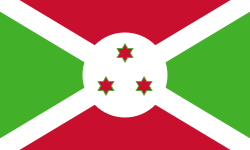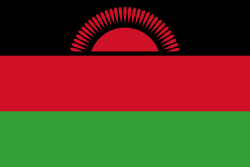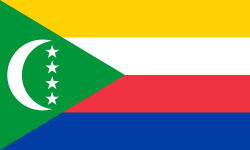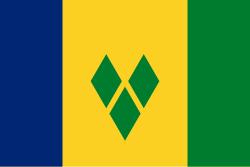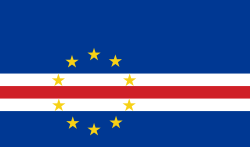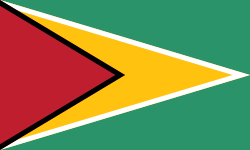Lista över länder efter BNP (PPP)
- För en lista över länder efter nominell BNP, se Lista över länder efter BNP
| Den här artikeln eller det här avsnittet innehåller inaktuella uppgifter och behöver uppdateras. (2022-03) Motivering: Den här artikeln innehåller inaktuella ekonomiska uppgifter. Data för 2020 finns på globalis.se/Statistik/bnp Hjälp gärna Wikipedia att åtgärda problemet genom att redigera artikeln eller diskutera saken på diskussionssidan. |
Detta är en lista över länders samlade bruttonationalprodukt (BNP) från år 2016 med köpkraftsparitet (PPP) som utöver det samlade värdet av ett lands totala konsumtion av produkter och tjänster, plus värdet av bruttoinvesteringar, plus värdet av exporten minus importen också tar hänsyn till levnadskostnad, inflationsnivåer och inte bara växelkurser. Därmed anses BNP (PPP) vara tillförlitligare vid internationella jämförelser.
Listor
Följande lista innehåller data från 2017 och 2016 från Internationella valutafonden och Världsbanken samt statistik från The World Factbook. Siffror är angivna i miljoner internationella dollar där köpkraftpariteten är konverterad till motsvarande värde i amerikanska dollar (USD).
Källor
- ^ ”5. Report for Selected Countries and Subjects, Gross domestic product, current prices” (på engelska). World Economic Outlook Database, April 2018. Internationella valutafonden. http://www.imf.org/external/pubs/ft/weo/2018/01/weodata/weorept.aspx?sy=2006&ey=2018&scsm=1&ssd=1&sort=country&ds=.&br=1&pr1.x=51&pr1.y=4&c=512%2C946%2C914%2C137%2C612%2C546%2C614%2C962%2C311%2C674%2C213%2C676%2C911%2C548%2C193%2C556%2C122%2C678%2C912%2C181%2C313%2C867%2C419%2C682%2C513%2C684%2C316%2C273%2C913%2C868%2C124%2C921%2C339%2C948%2C638%2C943%2C514%2C686%2C218%2C688%2C963%2C518%2C616%2C728%2C223%2C836%2C516%2C558%2C918%2C138%2C748%2C196%2C618%2C278%2C624%2C692%2C522%2C694%2C622%2C142%2C156%2C449%2C626%2C564%2C628%2C565%2C228%2C283%2C924%2C853%2C233%2C288%2C632%2C293%2C636%2C566%2C634%2C964%2C238%2C182%2C662%2C359%2C960%2C453%2C423%2C968%2C935%2C922%2C128%2C714%2C611%2C862%2C321%2C135%2C243%2C716%2C248%2C456%2C469%2C722%2C253%2C942%2C642%2C718%2C643%2C724%2C939%2C576%2C644%2C936%2C819%2C961%2C172%2C813%2C132%2C726%2C646%2C199%2C648%2C733%2C915%2C184%2C134%2C524%2C652%2C361%2C174%2C362%2C328%2C364%2C258%2C732%2C656%2C366%2C654%2C734%2C336%2C144%2C263%2C146%2C268%2C463%2C532%2C528%2C944%2C923%2C176%2C738%2C534%2C578%2C536%2C537%2C429%2C742%2C433%2C866%2C178%2C369%2C436%2C744%2C136%2C186%2C343%2C925%2C158%2C869%2C439%2C746%2C916%2C926%2C664%2C466%2C826%2C112%2C542%2C111%2C967%2C298%2C443%2C927%2C917%2C846%2C544%2C299%2C941%2C582%2C446%2C474%2C666%2C754%2C668%2C698%2C672&s=PPPGDP&grp=0&a=#download. Läst 30 maj 2018.
- ^ ”GDP ranking, PPP based” (på engelska). World Bank Open Data. Världsbanken. 1 juli 2017. http://data.worldbank.org/data-catalog/GDP-PPP-based-table. Läst 27 november 2017.
- ^ ”COUNTRY COMPARISON :: GDP (PURCHASING POWER PARITY)” (på engelska). The World Factbook. Central Intelligence Agency. Arkiverad från originalet den 4 juni 2011. https://web.archive.org/web/20110604195034/https://www.cia.gov/library/publications/the-world-factbook/rankorder/2001rank.html. Läst 27 november 2017.
- ^ [a b] ”4. Report for Selected Country Groups and Subjects” (på engelska). World Economic Outlook Database, April 2018. Internationella valutafonden. http://www.imf.org/external/pubs/ft/weo/2018/01/weodata/weorept.aspx?sy=2016&ey=2023&scsm=1&ssd=1&sort=country&ds=.&br=1&pr1.x=37&pr1.y=19&c=001%2C998&s=PPPGDP&grp=1&a=1. Läst 30 maj 2018.
- ^ [a b c d e f g h i j k l m n o p q r s t u v w x y z aa ab ac ad ae af ag ah ai aj ak al am an ao ap aq ar as at au av aw ax ay az ba bb bc bd be bf bg bh bi bj bk bl bm bn bo bp bq br bs bt bu bv bw bx by bz ca cb cc cd ce cf cg ch ci cj ck cl cm cn co cp cq] IMF:s beräkning för år 2017; senaste data från 2016.
- ^ [a b c d e f g h i j k l m n o p q r s t] IMF:s beräkning för år 2017; senaste data från 2015.
- ^ [a b c] IMF:s beräkning för år 2017; senaste data från 2013.
- ^ IMF:s beräkning för år 2017; senaste data från 2008.
- ^ [a b] IMF:s beräkning för år 2017; senaste data från 2014.
- ^ IMF:s beräkning för år 2017; senaste data från 2011.
- ^ IMF:s beräkning för år 2017; senaste data från 2006.
- ^ IMF:s beräkning för år 2017; senaste data från 2012.
- ^ Siffror saknas sedan år 2011; senaste data från 2010.
- ^ [a b c d e f g h] Siffra från 2015 eller 2014.
- ^ Västsahara (av Världsbanken kallat forna Spanska Sahara) inräknat här.
- ^ Siffran avser endast fastlandsdelen av Tanzania.
- ^ [a b] Kosovo redovisas separat.
- ^ Abchazien och Sydossetien inte medräknat.
- ^ Data avser endast området som kontrolleras av den cypriotiska regeringen.
- ^ Transnistrien ingår inte här.
- ^ ”World” (på engelska). The World Factbook. Central Intelligence Agency. Arkiverad från originalet den 5 januari 2010. https://web.archive.org/web/20100105171656/https://www.cia.gov/library/publications/the-world-factbook/geos/xx.html. Läst 27 november 2017.
- ^ [a b c d e f g h] Siffra från 2015.
- ^ [a b c d e f g] Siffra från 2014.
- ^ [a b c d e] Siffra från 2013.
- ^ [a b] Siffra från 2012.
- ^ [a b] Siffra från 2009.
- ^ [a b] Siffra från 2007.
- ^ Siffra från 2005.
- ^ [a b] Siffra från 2010.
- ^ [a b] Siffra från 2006.
- ^ Siffra från 2004.
- ^ Siffra från räkenskapsåret 2009/2010.
- ^ Siffra från 2003.
- ^ Siffra från 1993.
| ||||||||||
Media som används på denna webbplats
An outdated clock with a serious icon
The Flag of Europe is the flag and emblem of the European Union (EU) and Council of Europe (CoE). It consists of a circle of 12 golden (yellow) stars on a blue background. It was created in 1955 by the CoE and adopted by the EU, then the European Communities, in the 1980s.
The CoE and EU are distinct in membership and nature. The CoE is a 47-member international organisation dealing with human rights and rule of law, while the EU is a quasi-federal union of 27 states focused on economic integration and political cooperation. Today, the flag is mostly associated with the latter.
It was the intention of the CoE that the flag should come to represent Europe as a whole, and since its adoption the membership of the CoE covers nearly the entire continent. This is why the EU adopted the same flag. The flag has been used to represent Europe in sporting events and as a pro-democracy banner outside the Union.bendera Indonesia
Flag of Iran. The tricolor flag was introduced in 1906, but after the Islamic Revolution of 1979 the Arabic words 'Allahu akbar' ('God is great'), written in the Kufic script of the Qur'an and repeated 22 times, were added to the red and green strips where they border the white central strip and in the middle is the emblem of Iran (which is a stylized Persian alphabet of the Arabic word Allah ("God")).
The official ISIRI standard (translation at FotW) gives two slightly different methods of construction for the flag: a compass-and-straightedge construction used for File:Flag of Iran (official).svg, and a "simplified" construction sheet with rational numbers used for this file.
The national flag of Kingdom of Thailand; there are total of 3 colours:
- Red represents the blood spilt to protect Thailand’s independence and often more simply described as representing the nation.
- White represents the religion of Buddhism, the predominant religion of the nation
- Blue represents the monarchy of the nation, which is recognised as the centre of Thai hearts.
Färg som används: National flag | South African Government and Pantone Color Picker
| grön | rendered as RGB 0 119 73 | Pantone 3415 C |
| gul | rendered as RGB 255 184 28 | Pantone 1235 C |
| röd | rendered as RGB 224 60 49 | Pantone 179 C |
| blå | rendered as RGB 0 20 137 | Pantone Reflex Blue C |
| vit | rendered as RGB 255 255 255 | |
| svart | rendered as RGB 0 0 0 |
The civil ensign and flag of Belgium. It is identical to Image:Flag of Belgium.svg except that it has a 2:3 ratio, instead of 13:15.
Det är enkelt att lägga till en ram runt den här bilden
Författare/Upphovsman: Gutten på Hemsen, Licens: CC0
Flag of Norway with colors from the previous version on Commons. This file is used to discuss the colors of the Norwegian flag.
Flag of Israel. Shows a Magen David (“Shield of David”) between two stripes. The Shield of David is a traditional Jewish symbol. The stripes symbolize a Jewish prayer shawl (tallit).
Flag of Portugal, created by Columbano Bordalo Pinheiro (1857–1929), officially adopted by Portuguese government in June 30th 1911 (in use since about November 1910). Color shades matching the RGB values officially reccomended here. (PMS values should be used for direct ink or textile; CMYK for 4-color offset printing on paper; this is an image for screen display, RGB should be used.)
Den Dominikanska republikens flagga består av ett vitt centrerat kors som sträcker sig hela vägen ut till flaggans kant. I mitten på korset sitter ett emblem med en bibel, ett gyllene kors och sex dominikanska flaggor. Emblemet är omgivet av olivkvistar och palmblad. Under emblemet står ”Republica Dominicana” och ovanför ett band med landets mottot ”Dios, Patria, Libertad” (”Gud, Landet, Frihet”).
Det är enkelt att lägga till en ram runt den här bilden
Flag of the Ivory Coast, written by Jon Harald Søby, modified by Zscout370. The colors match to what is reported at http://fotw.vexillum.com/flags/ci.html.
| Bolivias flagga* | |
|---|---|
| country | Template:I18n/Republic of Bolivia |
| används av | Bolivia |
| från | 1851 |
| till | Present |
| skapad av | Government of Bolivia |
| format | 15:22 |
| form | rektangulär |
| färger | röd, gul, grön
flag has 3 horizontal stripes |
| andra egenskaper | A horizontal tricolor of red, yellow and green. |
The flag of Slovenia.
- "The construction sheet for the coat of arms and flag of the Republic of Slovenia
- is issued in the Official Gazette Uradni list Republike Slovenije #67, 27 October 1994
- as the addendum to the Law on the coat of arms and flag."
Trinidad och Tobagos flagga
Flag of Namibia
Flag of Jamaica. “The sunshine, the land is green, and the people are strong and bold” is the symbolism of the colours of the flag. GOLD represents the natural wealth and beauty of sunlight; GREEN represents hope and agricultural resources; BLACK represents the strength and creativity of the people. The original symbolism, however, was "Hardships there are, but the land is green, and the sun shineth", where BLACK represented the hardships being faced.
Naurus flagga
The flag of Aruba
Författare/Upphovsman: Fry1989 eh?, Licens: CC0
Flag of the Isle of Mann. This version has the triskelion centered as a whole rather than based upon the imaginary circle created by the prongs of each leg.
Flag of Liechtenstein
Flag of the Turks and Caicos Islands
Flag of Anguilla, adopted on 30 May 1990 and modified slightly on 25 January 1999.
A detailed Robinson projection SVG map with grouping enabled to connect all non-contiguous parts of a country's territory for easy coloring. Smaller countries can also be represented by larger circles to show their data more clearly. A thorough description of use and other instructions relating to this can be found on the instructions page.
Författare/Upphovsman: Getsnoopy, Licens: CC BY-SA 4.0
World map of countries by GDP (PPP) in 2020.
Flag of São Tomé and Príncipe
Burkina Fasos flagga
Flag of Senegal
Författare/Upphovsman: See File history below for details., Licens: CC0
Flag of Oman
Författare/Upphovsman: See File history below for details., Licens: CC0
Dominicas flagga
Flag of Syria. Originally flag of the Syria Revolution (from 2011), de facto flag of Syria beginning December 2024, official beginning March 2025.
Författare/Upphovsman: Nightstallion, Licens: CC0
Flag of French Polynesia
Flag of Mauritania, adopted in 2017. The National Assembly added red stripes to the top and bottom edges to represent “the blood shed by the martyrs of independence”.
Flag of South Sudan (originally of the Sudan People's Liberation Army/Movement)
Flag of Gibraltar
Flag of Laos
The flag of Guam, courtesy an e-mail from the author of xrmap. Modifications by Denelson83.
The flag of Curaçao is a blue field with a horizontal yellow stripe slightly below the midline and two white, five-pointed stars in the canton. The geometry and colors are according to the description at Flags of the World.
Flag of Rwanda. The flag ratio is 2:3 with the stripes being 2:1:1. Colors are the following officially: Pantone 299 C 2X (blue), RAL 6029 (green), RAL 1023 (yellow) and RAL 1003 (golden yellow). (As of 03/08/2010, the only color used is the Pantone 299 C, which is from here. The rest of the colors are RAL shades from here.)
Drapeaux de la France et de la Nouvelle-Calédonie côte-à-côte.










